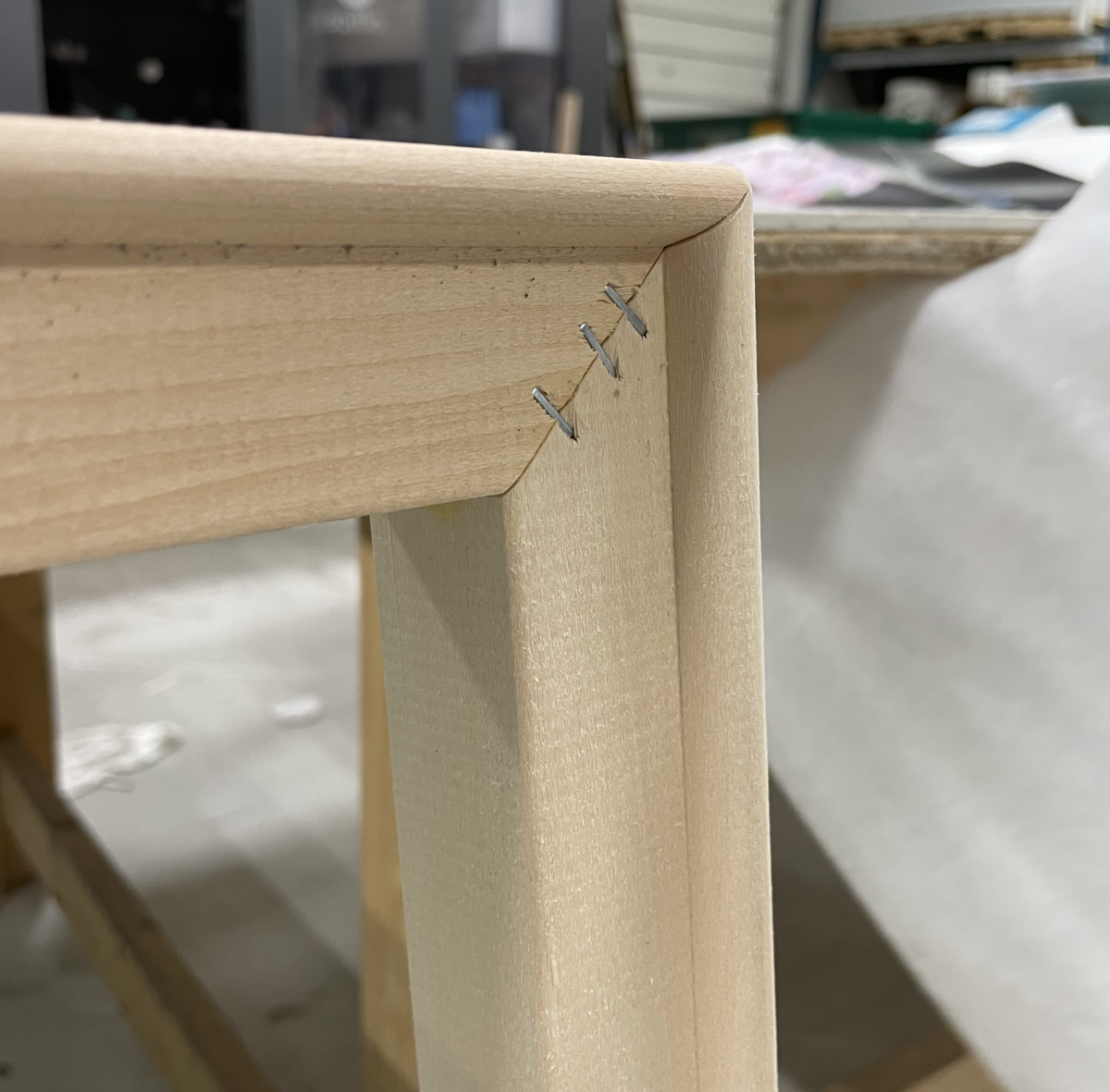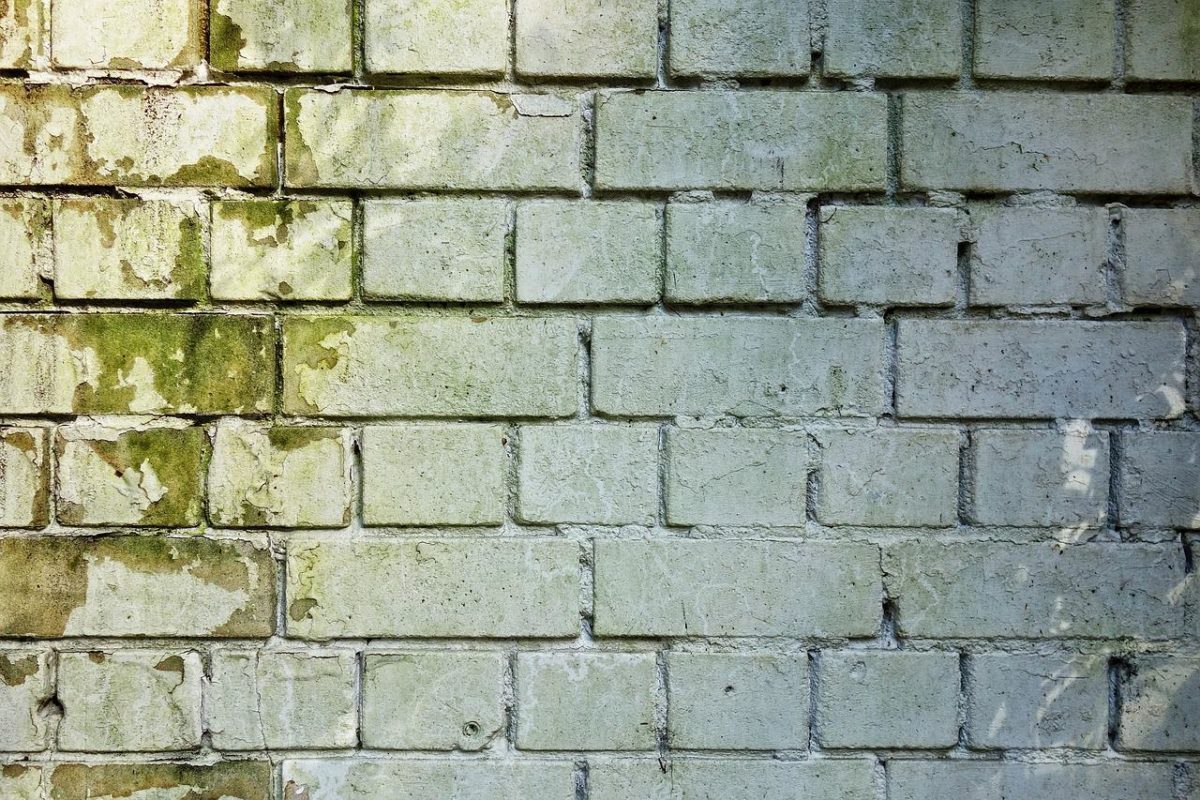I takes great pride in producing fine art reproductions for my art collectors. These care instructions are designed to provide basic guidelines that will help you to care for your fine art prints. Fine art prints are a valuable addition to any home, and it is important to take care of them in order to maintain their quality. Your purchase is an investment that I want your family to enjoy for a long time to come. Please read the following guidelines carefully and let me know if you have any questions.
Fine Art Conservation and Care
General Care: It’s important to keep them in a low-traffic area where they are out of the reach of children.
Lighting: Canvas prints are beautiful pieces of art that can be enjoyed for years to come. However, it is important to remember that they should not be displayed in direct sunlight. The ultraviolet rays from the sun can fade the colors in the print over time. For this reason, it is best to display your giclee prints in a place where they will receive less light. Our canvas products come with UV protective coatings, so they are less likely to fade than prints on other materials.
Handling: It is important to handle it with care. You should never place the print face down on any object or surface, and you should also avoid placing objects on top of the artwork when it is in storage. Avoid touching the surface of the print, the oils from your skin can cause damage and premature aging, preferably with clean white cotton gloves. Additionally, you should handle the print only from the sides to avoid scratching the surface (especially the edges).
Cleaning: Prints don’t need a lot of cleaning, but When it comes to cleaning a print, it’s important to take caution not to damage the print. Canvas should never be washed with water or solvents, as this could cause staining. Instead, use a dry clean, white cloth to gently wipe off any dust or dirt. A water drop on the paper print surface will be permanently visible when dry. If the print is too dirty or damaged it may not be salvageable.
Canvas Prints: All canvas prints come stretched. Stretcher bars come in different sizes and are usually made of fir or pine. They provide the main support for the canvas and help to prevent bending and warping. Cross braces may also be used for added frame support depending on the size. To properly stretch a canvas, we use rounded-edge stretcher bars to allow the canvas to roll over the canvas rather than crease over a sharp edge. Rounded edges also help reduce surface friction and allow for a more uniform and tighter draw. This will help reduce sagging of the print in the future. Changes in relative humidity and temperature can cause sagging, even to originals.
Storage: In order to keep your canvas prints looking the best for many years to come, it is important to store them in an environment that is both humidity and temperature controlled.
Temperature: The ideal temperature range for paintings is between 18°C to 23°C (65°F to 75°F) degrees Fahrenheit. This will help to keep the paintings within a 11°C or 20°F degree range. If the temperature a drops a lot at night or goes up considerably during the day, it is not an ideal environment for artworks (prints of originals).
Humidity: Ideal condition = 50% humidity.
If the humidity is too high, the giclees may start to yellow; if it is too low, they may start to crack. Canvas can becomes loose and yellow when the humid air is too high and/ or exposed to moisture. If it is too low, It then tightens the print and may start to crack when the air dries out.
Canvas prints are susceptible to yellowing if exposed to solvent-based materials, so it is important to keep them away from things like oil paints and linseed oil. They should also be stored upright, not stacked, and interleaved with archival paper dividers. If the prints are embellished, they should not be stored in plastic bags. Also, Don’t steam the back of the canvas with an iron to remove wrinkles. This can damage the print and If not properly dried, fungus may grow.
As you take steps to protect your fine art prints, remember that it is an investment in art, history and capturing something special. The next time you hang your piece, take a step back and enjoy the beauty of the work while knowing that taking these extra precautions, you can ensure that your fine art prints will be appreciated for years to come.












